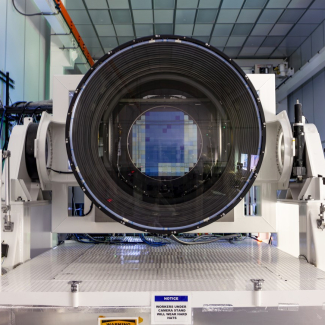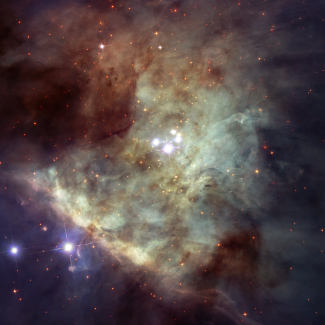
The Earth's atmosphere extends far beyond the Moon
The Earth's atmosphere is much more extensive than the thin blue ring surrounding our planet seen from space, continuing out until it ‘merges’ into space and ends up as a vast cloud of hydrogen atoms.
An international team including two CNRS*
researchers has discovered that our atmosphere extends out to 630,000 km, almost twice as far as the Moon, and an astonishing six times further than the limit assumed until now. In fact, the Earth's atmosphere very quickly becomes extremely thin: at 60,000 km, it is already made up of a mere 70 atoms per cubic centimetre, while halfway out, at the distance of the Moon, there are only 0.2 atoms per cubic centimetre, which is almost a pure vacuum. The Earth's atmosphere therefore had no impact on the astronauts of the Apollo lunar missions fifty years ago. However, it could interfere with observations by telescopes placed in orbit around the Earth, or in the future on the Moon.
The discovery is all the more surprising because it was made using data collected almost twenty years ago, between 1996 and 1998, from the SWAN instrument of the SOHO space observatory (ESA/NASA), which the researchers decided to re-analyze in greater depth.
- *From the ‘Atmosphères, Milieux, Observations Spatiales’ Laboratory (CNRS/Sorbonne Université/Université Versailles Saint-Quentin)

